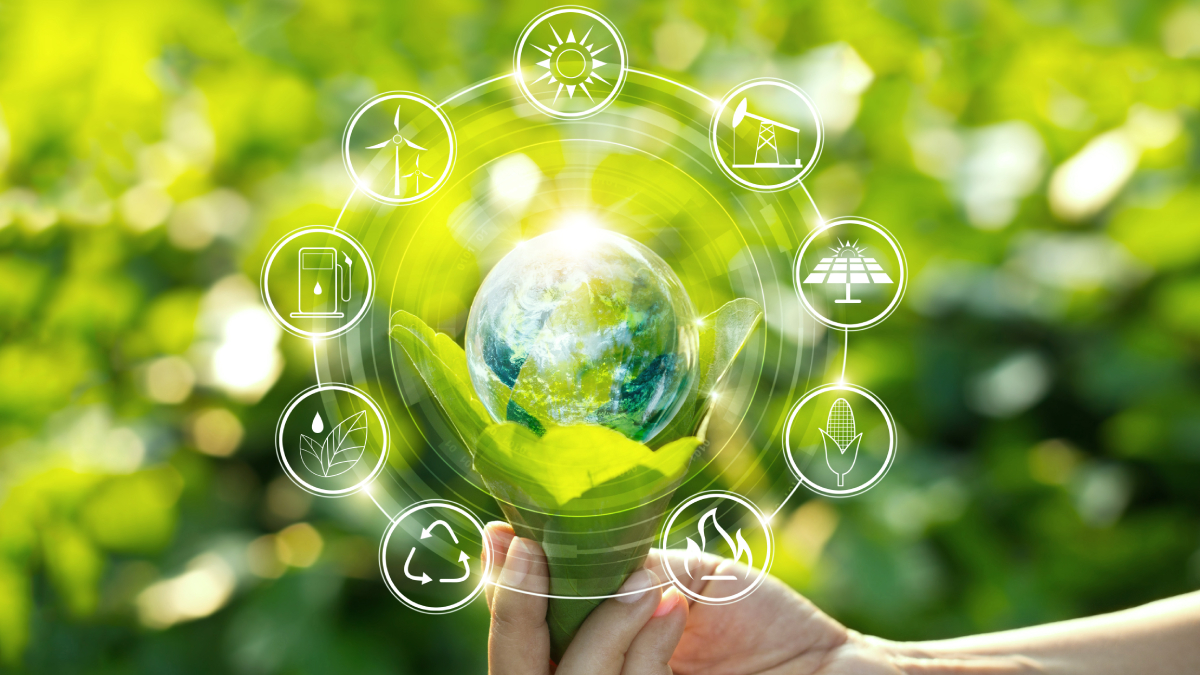Worldwide, modern data centres consume between 1% and 3% of electricity. With a majority of electricity generation coming from fossil fuels in various geographies, the impact of data centres on the environment cannot be ignored.
The explosion of data generated at the edge and back-end processing requirements has resulted in additional electricity demands, which produces large quantities of CO2.
As data centres are in the process of expanding or new data centres planned, the amount of e-waste is growing to over 50 million metric tonnes per year, according to the United Nations. At the same time, a reduction in e-waste may not be apparent in reducing power usage, although there is a correlation.
The Total Cost to the Environment, or TCE, measures how much a data centre contributes to environmental damage. Several factors contribute to this type of measurement, including the PUE, server density, inlet temperatures and the amount of e-waste.
A key to the ‘greening’ effect on the environment of a data centre is for data centre managers to have a deep understanding of the type of power being purchased (fossil fuel or renewable) and how the electricity is being used within the data centre. There are near-term and long-term decisions that can be made to reduce power consumption, leading to less greenhouse gas emissions from power generation companies.
One measure, but not the only one, of the greenness of a data centre is to measure the Power Usage Effectiveness (PUE). This number, which can be pretty quickly calculated, is the ratio of the total power delivered to the data centre, divided by the power needed for the IT infrastructure. With the ideal case being a ratio of 1.0, most data centres today operate in the 1.50 to 2.00 range, meaning that 50% or more of the electricity generated goes to cooling and other non-productive systems. Data centre operators can reduce their PUE by shortening refresh cycles, acquiring more efficient servers, increasing inlet temperatures, and installing liquid cooling systems.
According to Supermicro’s Data Centers & The Environment report, across the globe, data centre operators mentioned that the primary investment for their facilities in 2021 was to upgrade critical components. Secondarily, there was a range of responses, including increasing the number of servers, upgrading software components and implementing a more inclusive e-waste programme.
To move towards greener data centres, an awareness of the state of a data centre is essential to understand. About 94% of the respondents were aware of the PUE of their facilities, compared to only 31% being aware just a year earlier. Concerns about the PUE of a data centre went up between the 2019 and 2020 survey.
An interesting note from the survey was that all job descriptions (C-level, IT Management and Engineering) understood the need to increase server utilisation through software utilisation as a top priority. By utilising systems at a higher level, less systems are needed for a specific set of workloads, reducing real estate and additional electricity usage.
Increasing the inlet temperature to a rack reduces the amount that a Computer Room Air Conditioner (CRAC) must run to produce cooler air. However, not all organisations are embracing this change. A quick calculation shows that a single rack inlet temperature at 32°C could save between $12,000 and $13,000 per year in power costs than having an inlet temperature at 24°C.
One of the more visible and understandable results of reducing power consumption in the data centre is the estimated reduction in the number of trees that need to be planted for carbon sequestration. Reducing the power consumption at the server and rack level can then be used to calculate how many trees would not have to be planted. Although there are a number of variables to consider in calculating the number of either power plants that would not be needed or the number of trees for carbon removal, it is evident that reducing data centre electricity usage can lead to less environmental damage.
From choosing the type of power to be delivered (renewable to fossil fuel) to determining the type and frequency of systems to purchase, there are a number of actions that data centre operators can take to reduce their impact on the environment. Making decisions at many levels that will maintain agreed upon service level agreements, while limiting the effect on climate change and the environment will be more important as corporate social responsibility transparencies become more visible.



